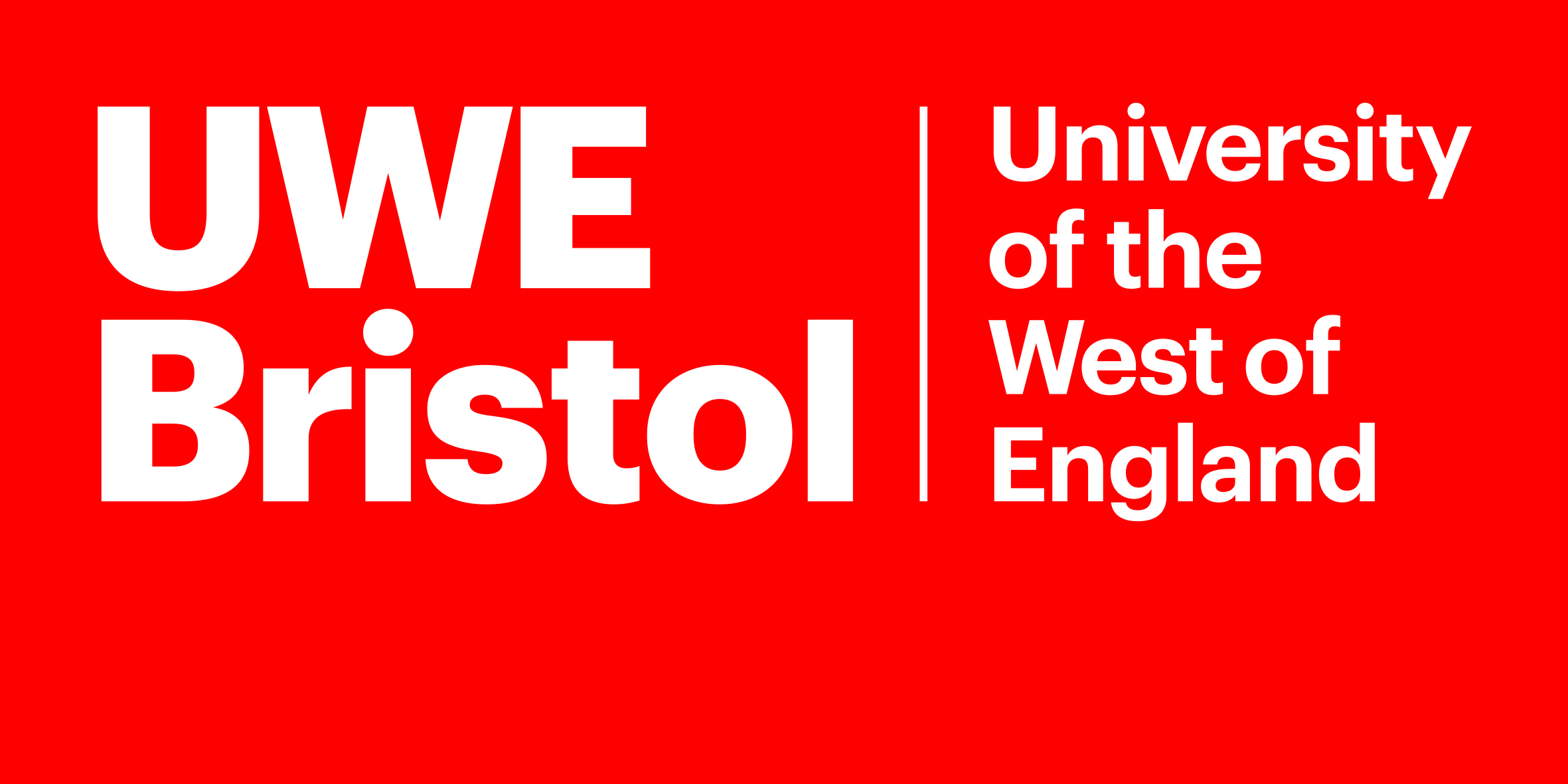Praise Tochukwu Nnaji
Novel enzymes prospecting from marine sponges applicable in industrial food production
Nnaji, Praise Tochukwu
Authors
Abstract
Enzymes are biocatalysts used to increase or reduce the rate of chemical reactions. Many food, biotechnological and industrial processes are enhanced using enzymes as they are more efficient, healthier and environmentally friendly solutions than synthetic catalysts. However, the deactivation of enzymes due to exposure to extreme conditions has become a major setback for many industries and consumers. Therefore, this work has investigated the extreme halophilic amylases produced by marine sponge-bacteria symbionts isolated from Hymeniacidon perlevis from the Tenby Bay Pembrokeshire United Kingdom and Amorphinopsis kalibiama from the Niger Delta Region of Nigeria.
Starch Agar and Sponge Marine Starch Agar (SMSA) were used to culture and isolate sponge bacteria symbionts. Afterwards, 16S amplicon metagenomic sequencing was used to identify 41 amylase-producing sponge-bacteria symbionts and the crude enzymes were analysed by DNS colourimetric assay and Liquid Chromatography/Mass Spectrometric analysis (LC-MS). Amylase extraction medium with 0%, 16%, 24% and 32% supported the growth of isolates from A. kalibiama by 36.09%, 21.05%, 20.30% and 22.55% respectively. Both H. perlevis and A. kalibiama harboured extreme halophilic and extremely halotolerant amylase-producing bacteria. The SMSA isolated Vibrio spp., Epibacterium spp., Bacillus spp., Tenacibaculum spp., Staphylococcus spp. and Prevotella spp. while Starch Agar (SA) isolated Stenotrophomonas spp., Bacillus spp. and Corynebacterium spp. There was higher culturable bacteria diversity in A. kalibiama than in H. perlevis. Sponge-bacteria symbionts from H. perlevis produced extreme halophilic β-amylase and α-amylase that hydrolysed starch in a medium with 0%, 16% and 24% NaCl (w/v) to produce maltose and glucose while isolates from A. kalibiama at 0%, 16%, 24% and 32% NaCl produced extreme halophilic-glucoamylase and diversity of carbohydrate-active enzymes (CAZymes). Therefore, the use of underwater resources such as marine sponges could address global enzyme shortages of extremozymes and provide sustainable solutions for food and biotechnology industries.
| Thesis Type | Thesis |
|---|---|
| Deposit Date | Mar 5, 2025 |
| Publicly Available Date | Nov 17, 2025 |
| Public URL | https://uwe-repository.worktribe.com/output/13914686 |
| Award Date | Nov 17, 2025 |

Conserve and sustainably use the oceans, seas and marine resources for sustainable development
Files
Novel enzymes prospecting from marine sponges applicable in industrial food production
(9.9 Mb)
PDF
You might also like
Downloadable Citations
About UWE Bristol Research Repository
Administrator e-mail: repository@uwe.ac.uk
This application uses the following open-source libraries:
SheetJS Community Edition
Apache License Version 2.0 (http://www.apache.org/licenses/)
PDF.js
Apache License Version 2.0 (http://www.apache.org/licenses/)
Font Awesome
SIL OFL 1.1 (http://scripts.sil.org/OFL)
MIT License (http://opensource.org/licenses/mit-license.html)
CC BY 3.0 ( http://creativecommons.org/licenses/by/3.0/)
Powered by Worktribe © 2025
Advanced Search
